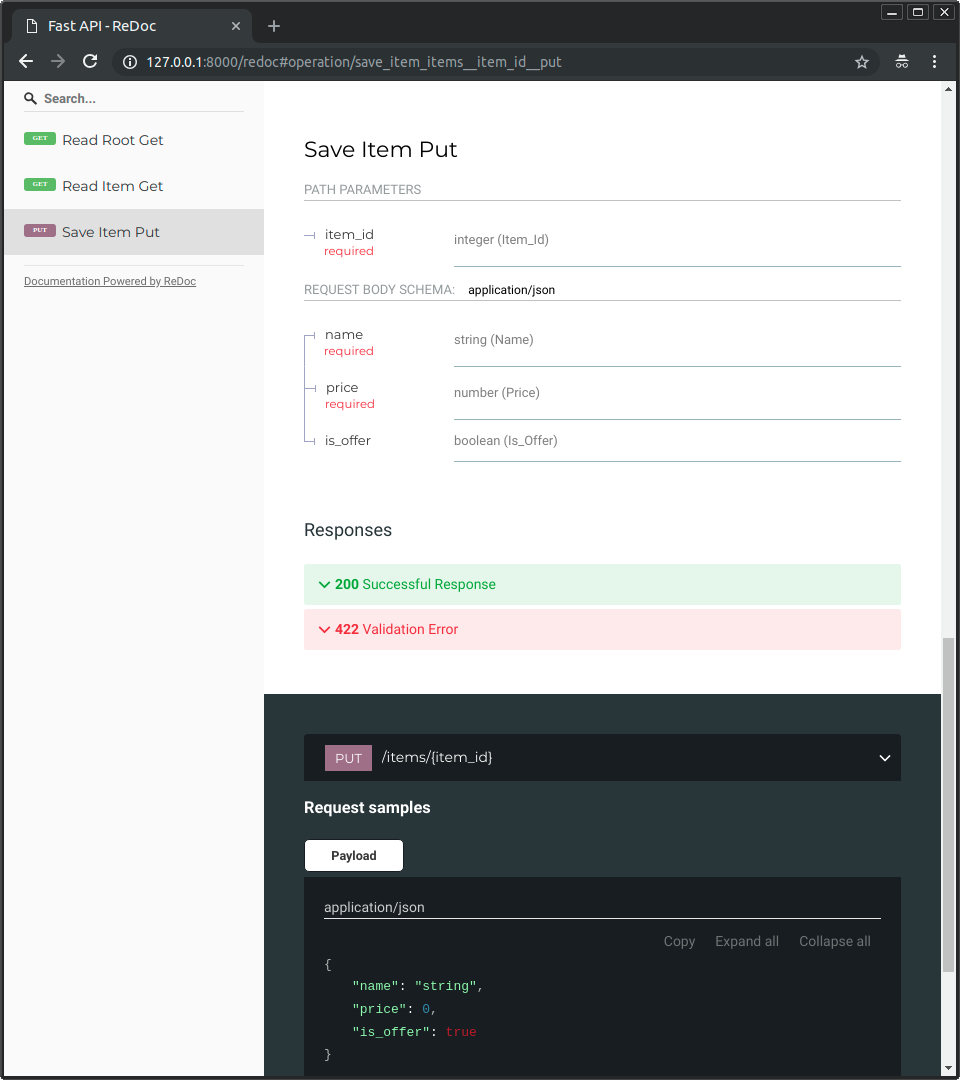

- #Print version of python library reference install
- #Print version of python library reference driver
- #Print version of python library reference download
In this example, we will connect to a Teradata Database and run a simple query to fetch the Query Band information for the session that we create. Though these modules can be accessed directly, its recommended to use the base UdaExec module instead as it provides all the extra DevOps enabled features. The Teradata Python Module includes two sub-modules that implement the Python Database API Specification v2.0, one using REST (teradata.tdrest) and one using ODBC (teradata.tdodbc).
#Print version of python library reference driver
If using ODBC, make sure the Teradata ODBC driver is installed on the same machine as where the Teradata Python Module will be executed. If using the REST API, make sure Teradata REST Services (tdrestd) is deployed and the target Teradata system is registered with the Service. The Teradata Python Module can use either the REST API for Teradata Database or Teradata ODBC to connect to Teradata.
#Print version of python library reference install
Setup.py install 1.2 Connectivity Options
#Print version of python library reference download
If you don’t have pip installed, you can download the package from PyPI, unzip the folder, then double click the setup.py file or run The easiest way to install the “teradata” python module is using pip. The Teradata Python Module has been certified to work with Python 3.4+ / 2.7+, Windows/Linux/Mac, 32/64 bit. 1.1 Installing the Teradata Python Module The following sections run through installation, connectivity options, and a simple Hello World example. Teradata does not provide Customer Service and Engineering support for this module and its interoperability with any other dependent components, i.e, Teradata ODBC driver and sqlalchemy-teradata.ġ.1 Installing the Teradata Python ModuleĤ.3 Execute Parameters 1.0 Getting Started This module is open source and therefore uses the Community Support model. The source is available on GitHub and the package is available for download and install from PyPI. For example, the following function can push a message to a queue and also return an HTTP response.The Teradata Python Module is released under an MIT license. To produce multiple outputs, use the set() method provided by the interface to assign a value to the binding. To use the return value of a function as the value of an output binding, the name property of the binding should be set to $return in function.json. For multiple outputs, you'll have to use output parameters. If there's only one output, we recommend using the return value. Output can be expressed both in return value and output parameters.

Here, the storage account specified is the connection string found in the AzureWebJobsStorage app setting, which is the same storage account used by the function app. An entry will be retrieved from the Azure Blob Storage based on the ID in the route URL and made available as obj in the function body. When the function is invoked, the HTTP request is passed to the function as req. For example, the function.json below describes a simple function triggered by an HTTP request named req: ') You can also specify an alternate entry point.ĭata from triggers and bindings is bound to the function via method attributes using the name property defined in the function.json file. By default, the runtime expects the method to be implemented as a global method called main() in the _init_.py file. Programming modelĪzure Functions expects a function to be a stateless method in your Python script that processes input and produces output.

See the list of supported operating system/runtime combinations. While you can develop your Python based Azure Functions locally on Windows, Python is only supported on a Linux based hosting plan when running in Azure.


 0 kommentar(er)
0 kommentar(er)
